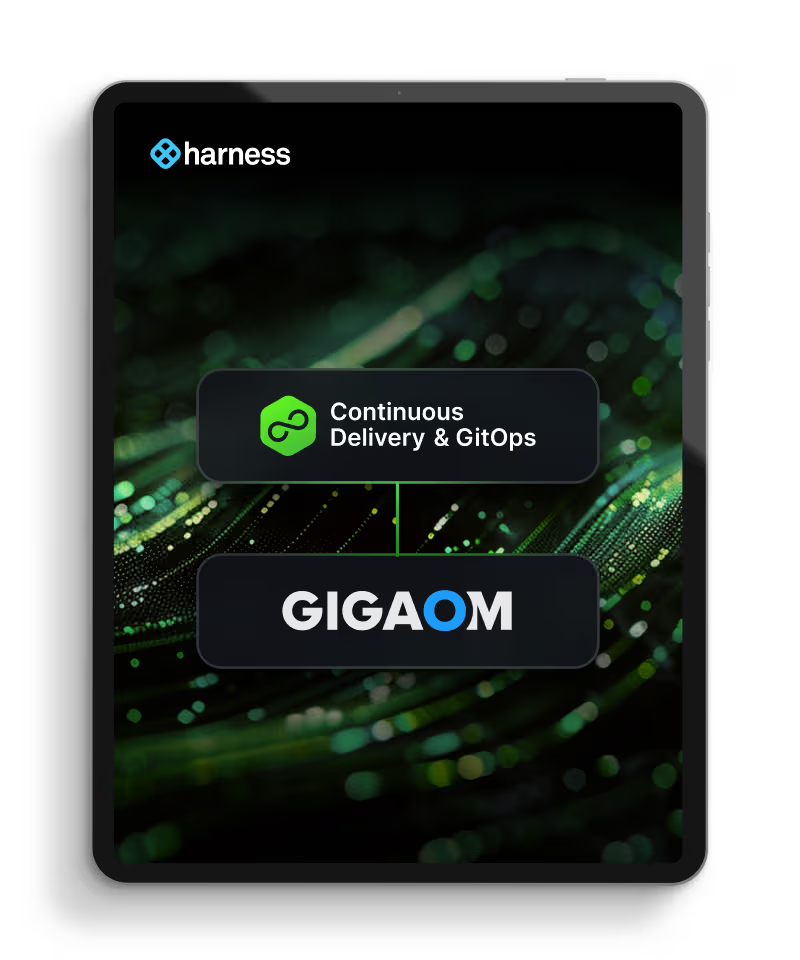Adopting Continuous Delivery for Agile Teams


Key takeaway
To meet demands for faster, more frequent releases, organizations must master continuous delivery. This practice automates the deployment pipeline, making releases safe, fast, and repeatable.
Welcome to the era where adopting continuous delivery isn’t just a buzzword, it's a foundational capability for any modern software development organization. But let’s be clear: the term “continuous delivery” is often overloaded. It can describe the entire code-to-customer lifecycle or, more specifically, the steps that happen after code is built and integrated. For this guide, we'll acknowledge the ambiguity and then focus on the latter: the critical, often challenging, process of taking built software and getting it safely into the hands of users.
Organizations today are moving to cloud-native architectures and facing pressure to accelerate delivery from monthly cadences to weekly, daily, or even faster. Adopting a robust continuous delivery practice is how you meet that demand without increasing risk or burning out your teams.
Understanding Agile Continuous Delivery
At its core, continuous delivery is a practice that streamlines the journey from a code commit to a production-ready release. By automating the deployment pipeline, teams can release new features and fixes quickly, safely, and repeatedly.
This approach is the logical extension of agile development. While agile methodologies help us break down work and iterate on ideas, continuous delivery provides the mechanical means to get those ideas to market, creating the fast feedback loops that drive innovation.
It’s crucial to distinguish it from its cousin, continuous deployment. Continuous delivery ensures every change is releasable, but a human decides when to push the button. Continuous deployment automates that final step, pushing every validated change straight to production. Agile continuous delivery gives teams the control to deploy on their terms.
The Real-World Advantages of Adopting Continuous Delivery
Adopting continuous delivery addresses concrete operational pain points and delivers tangible business outcomes. Instead of abstract benefits, let's talk about the problems it solves.
- Reduced Risk and Downtime: When deployments are complex and risky, the natural response is to do them less frequently. A mature CD pipeline makes deployments safer. With capabilities like automated verification and AI-powered rollbacks, you can detect anomalies from a new release and automatically revert to the last known good version before customers are impacted.
- Lower DevOps Costs and Toil: In many organizations, platform teams are buried in toil, creating bespoke pipelines for every application or, worse, maintaining a fleet of brittle, hard-coded deployment scripts. A modern CD approach uses templates to standardize and scale automation, so a single update can propagate across hundreds of pipelines in a governed way. This frees up engineers from low-value maintenance work.
- Accelerated Time-to-Market: Slow, infrequent releases directly translate to slower innovation and learning. By automating manual steps and providing developers with self-service capabilities, continuous delivery removes friction from the release process, allowing you to get value to customers faster.
Key Components of a Modern Continuous Delivery Pipeline
The backbone of continuous delivery is an automated pipeline, but a modern pipeline is more than just a series of scripts. Its components are designed for scale, governance, and developer experience.
- Pipelines as Code and Templates: To avoid maintaining hundreds of individual pipelines, best practices now favor defining pipelines as code. More importantly, using pipeline templates allows platform teams to provide standardized, reusable automation that application teams can easily adopt, ensuring consistency and dramatically reducing maintenance effort.
- Intelligent Deployment Strategies: Gone are the days of risky "big bang" deployments. Modern CD platforms offer out-of-the-box strategies like canary deployments, which roll out a new version to a small subset of users first. This allows you to validate performance in a live environment before a full rollout, containing the blast radius of any potential issues.
- GitOps Workflows: For teams working with Kubernetes, GitOps has emerged as a preferred operational model. By using Git as the single source of truth for both application and infrastructure configuration, developers can manage deployments through familiar pull request workflows, enhancing productivity without resorting to "ClickOps" in a UI.
- Developer-Friendly Governance: A common failure mode is locking developers out of pipelines in the name of security, creating a bottleneck. A better approach is to build in "developer-friendly guardrails" using policy-as-code. This allows individual teams to modify their own pipelines, but only in ways that comply with centrally defined security and operational standards.
Best Practices for Implementation
Implementing continuous delivery doesn't have to be an overwhelming project. A pragmatic approach yields the best results.
- Start Small and Prove Value: Don't try to boil the ocean. Begin with a single application or service, ideally one feeling the pain of a manual or brittle deployment process. Measure the improvement—in deployment frequency, lead time, or rollback rate—to build momentum and prove the business case.
- Automate What Matters: The goal isn't 100% automation; it's intelligent automation. Focus on automating the repetitive, error-prone manual steps where a human isn't adding strategic value. This frees up your engineers for more complex problem-solving.
- Govern with Guardrails, Not Gates: The aim is to enable developers, not block them. Implement governance through policy-as-code and templates that provide a safe, compliant "paved road" for delivery. This gives development teams the autonomy they want while giving the organization the control it needs.
- Standardize with Templates: Avoid the "one pipeline per microservice" maintenance trap. Use pipeline templates to define best practices for building, testing, scanning, and deploying. This ensures that as your standards evolve—for instance, when adding a new security scanner—you can update a single template rather than hundreds of individual pipelines.
Addressing the Cultural Shift
Perhaps the most significant hurdle in adopting continuous delivery is not the technology, but the culture. It requires moving from siloed teams with distinct handoffs to a model of shared responsibility for the entire software lifecycle.
Resistance to this change is natural. Operations teams may fear a loss of control, while development teams may be wary of taking on new responsibilities. The key to overcoming this is to reframe the conversation around enablement and trust.
A successful CD implementation isn't about forcing DevOps on people; it's about making the right way the easiest way. It’s the platform team’s job to provide developers with self-service tools that are powerful yet safe to use. When developers see that the new platform helps them move faster and reduces their reliance on filing tickets with a central team, adoption follows. Likewise, when operations and security teams see that the platform provides better audit trails, stronger policy enforcement, and safer rollbacks than the old process, they gain the confidence to empower developers. This transition from gatekeeper to enabler is the true cultural core of continuous delivery.
Tooling Challenges to Watch For
While culture is critical, tooling choices present their own challenges that can stall an adoption effort.
- Replacing Legacy Tooling: Many organizations are burdened by legacy deployment tools or homegrown solutions built on Jenkins. These systems are often a poor fit for modern cloud-native architectures, are difficult to maintain at scale, and lack the governance features needed for enterprise use. Migrating away requires a clear articulation of the pain they cause—namely, the high cost of maintenance and the operational risk of their brittleness.
- The Incomplete Solution: Faced with the limitations of old tools, some teams turn to modern, open-source options. For example, ArgoCD is an excellent and popular tool for managing GitOps-style deployments in Kubernetes. It does its job very well. The challenge arises when teams need a full continuous delivery process, including running automated tests, security scans, complex approval workflows, and automated verification after a deployment. This is where a focused tool like ArgoCD is best complemented by a broader pipeline platform that can orchestrate the entire process, providing the visibility and governance that a complete CD solution requires. Argo's great, it just usually needs some help.
The Future is a Platform Approach
The future of DevOps and continuous delivery is evolving toward integrated platforms. The pain of integrating and maintaining dozens of point solutions in a toolchain is simply too high. As organizations embrace cloud-native, GitOps, and AI-driven automation, the need for a cohesive platform that brings these capabilities together becomes critical.
By adopting continuous delivery with a pragmatic, problem-oriented mindset, you're not just implementing a technical practice. You are building a strategic capability that aligns your technology engine with your business goals, ensuring you can deliver software quickly, efficiently, and safely at scale.

Harness is a GitOps Leader
Discover why Harness was named a Leader in the "GigaOm Radar for GitOps Solutions." Harness helps teams manage GitOps at scale and orchestrate rollouts across clusters and regions.
